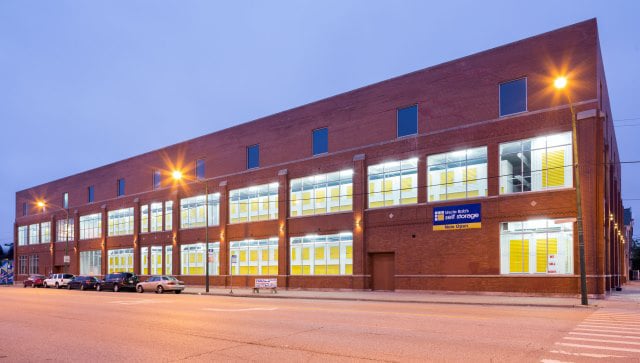
CHICAGO—The self-storage industry has experienced a remarkable amount of growth over the past few years, with its largest companies reporting big increases in revenue and occupancy. But as occupancy rates have peaked at historic highs, growth expectations are now a bit more modest, even though the underlying demand for storage continues to be quite strong, according to a new mid-year report by Marcus & Millichap.
And the changes underway in storage will also open up investment opportunities for new groups. For several years, REITs such as Public Storage, Extra Space Storage, Sovran Self Storage, and CubeSmart have been the sector's big dogs, snapping up the best locations and gaining an advantage from high-tech tools and internet marketing that their many Mom-and-Pop competitors could not afford. But with the REITS deciding to pull back in new purchases, small to mid-size investors now have a better chance to close deals, according to Marcus & Millichap. And the sector has many advantages for these investors.
“Self-storage isn't nearly as capital intensive as an office property,” Joel Deis, national director of Marcus & Millichap's self-storage group, tells GlobeSt.com. Typically, in an office building, when a lease runs out the landlord may have to spend a great deal updating a space or reconstructing it to meet the needs of a new tenant. And individual leases can last about five years, providing limited opportunities to boost increase rental income. By contrast, self-storage properties require very little upkeep. Furthermore, leases are month-to-month, giving the owners a lot of flexibility when it comes to instituting rental increases.

Smaller investors may find it fruitful to look into properties outside core areas, which the big REITs will probably continue to seek out, he says. “Institutional owners typically value high-quality dirt.”
Deis adds that even though the sector has seen its growth slow, it's definitely not hitting a rough patch. “I think the sector is extremely healthy,” and there are many factors that will sustain it. The national vacancy rate is around 10.2%, a historic low, and continued household growth and rising incomes should keep it there for the rest of the year.
And healthy underlying demand for storage space will continue to exert upward pressure on rental rates. This year, Marcus & Millichap forecasts that the average rental rate for climate-controlled space will rise 2.7% to $1.63 per square foot, building on a 1.6% increase in 2016. And following a 3.1% gain last year, the average asking rent for non-climate-controlled units will climb 3.0% to $1.31 per square foot in 2017.
Want to continue reading?
Become a Free ALM Digital Reader.
Once you are an ALM Digital Member, you’ll receive:
- Breaking commercial real estate news and analysis, on-site and via our newsletters and custom alerts
- Educational webcasts, white papers, and ebooks from industry thought leaders
- Critical coverage of the property casualty insurance and financial advisory markets on our other ALM sites, PropertyCasualty360 and ThinkAdvisor
Already have an account? Sign In Now
*May exclude premium content© 2025 ALM Global, LLC, All Rights Reserved. Request academic re-use from www.copyright.com. All other uses, submit a request to [email protected]. For more information visit Asset & Logo Licensing.








